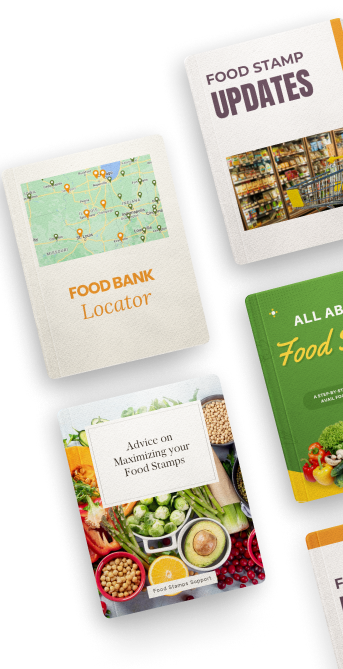The TLDR of Resources for Individuals Struggling to Pay Rent
With rents skyrocketing and housing prices pushing buyers out of the market, the struggle to find affordable housing continues to be a growing problem.
The federal government offers a number of rental assistance programs to help address this issue.
For these programs, income requirements are set at state and local levels, because the average income and cost of housing vary from region to region.
Anyone wanting to check if they qualify for housing assistance will need to contact their local or state housing agency, who will then assess whether the individual's income level meets local standards (or not).
But before any of that, get to know which assistance program fits your situation first. Read on below.
Start with Housing Counseling Services
Before wading into the different rental assistance programs, it's advised to contact a nearby housing counseling service first.
Housing counseling agencies can be found by searching by ZIP code or state on the Department of Housing and Urban Development (HUD) website.
HUD and its participating agencies have been providing housing counseling services for over 50 years.
Though not available in every community, each state will generally have authorized counseling agencies that provide assistance via telephone (if they're not located near the renter's residence).
HUD Rental Assistance Programs
HUD-sponsored rental assistance programs operate through state and local public housing agencies. These programs are offered for low-income individuals or families, Native Americans, the elderly, and persons with disabilities. The three basic programs offered by these public housing agencies are:
- Public housing
- Subsidized housing
The housing voucher program, also called Section 8, provides renters with vouchers to secure private rental units within the jurisdiction of the public housing agency they're applying in. Before approving a location, the agency will ensure the rent the landlord seeks is reasonable for the facility and the location. If the rent is more than the voucher, the tenant will have to pay the difference.
HUD also provides inspections of all properties involved in the three rental programs. This is to ensure low-income residents are provided with adequate housing and landlords do not take advantage of the system.
For public and subsidized housing, HUD performs inspections every 1-3 years. The time gap between inspections depends on how well the units have been maintained during previous check-ins.
For the housing voucher program, HUD requires an inspection before the tenant is allowed to rent the unit. And then, HUD provides inspections every 1-2 years.
For the housing voucher program, HUD requires an inspection before the tenant is allowed to rent the unit. And then, HUD provides inspections every 1-2 years.
Emergency Rental Housing Assistance
While plenty of pandemic assistance is winding down, ERA programs are still active and accepting applications in many places.
During the pandemic, the federal government approved additional money for emergency rental assistance.
This money was distributed through states with the assistance intended to end when the money was completely given out.
This money was distributed through states with the assistance intended to end when the money was completely given out.
Homelessness Prevention and Rapid Re-Housing Program (HPRP)
In situations where rent becomes unaffordable due to factors like illness, job changes, or rent increases, the Homelessness Prevention and Rapid Re-Housing Program (HPRP) offers support.
HPRP provides financial aid and supportive services to cover moving costs, security deposits, and provide short-term rental assistance.
All of this is to help individuals and families avoid homelessness and regain housing stability and independence.
Community Action Organization
Community action organizations, also known as community action partnerships or agencies, are non-profit entities focused on combating poverty within a specific area.
Many of these organizations provide rent assistance as well as educational resources to support renters.
They can help individuals access state and county aid, collaborate with charities, or provide direct assistance themselves.
Talk To Your Landlord
Here is a possible last resort. Tenant turnover is a major cost for landlords. Because of this, most landlords aren’t seeking to evict.
If you have a good relationship with your landlord and have consistently paid rent in the past, try asking for help before you miss a payment.
A landlord might be willing to cut a deal, such as letting you skip the payment and then add it onto future payments when the renter is back on their feet.
Not all landlords are going to be willing to help, but it is often cheaper for them to help you than have the unit sit empty for a while.
In this vein, if you are looking for ways to increase income and save, you might want to have a look here.

















